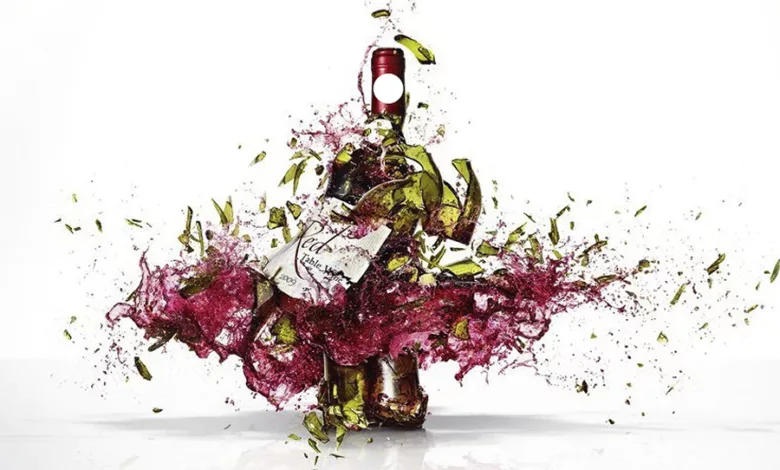Wine Business 2023: Is the Wine Apocalypse Upon Us?

My first clue about the changing wine industry came on a rainy night in Paris in 2011. The plaza in front of Notre Dame was full of young people, many of whom were drinking alcohol directly from the bottle. Not from wine bottles, but from liquor bottles.
The second clue came during a bus tour of Bordeaux. The guide believed the wine apocalypse was coming. She lamented that younger generations had abandoned wine in favor of hard liquor.
Downfall of (French) Civilization
Arguably, France has the most to lose if its citizens turn away from wine.
The Drinks Business reported in Nov. 2022 the French are drinking less wine than ever. In 2011, the government launched a program to reduce alcohol consumption. In the decade since, consumption of red wine fell 32%, including a 7% drop among drinkers under 35.
Sacré bleu! If the French drink less wine, what hope is th ere in the rest of the world?
The trend in the U.S. doesn’t look good either. Rob McMillan of Silicon Valley Bank said, “Across the board, 2022 isn’t as good as 2021.” He believes a recession in 2023 will continue the trend.
Many constraints remain in the industry, including issues in transportation, supply chain problems, raw materials sourcing, and excess inventories. Along with falling demand, the outlook is grim. Even the gravy train for high-priced premium wine may run out of steam.
A staid and traditional industry turns off younger audiences. Younger consumers prefer alternatives or don’t drink at all. They choose cheaper liquor, alcoholic seltzers, or low- or no-alcohol wines.
Not to mention, environmental catastrophe will continue to affect all wine regions.
All these factors could lead to a perfect storm.
Signs of Salvation
France is having a cultural reckoning. The agriculture minister refutes the government’s program, saying nightclubbers aren’t chugging Côtes-du-Rhône.
Revenue for the highest-priced wines continue to grow globally. U.S. importers are bullish about premium products. The growth in returns — still at record highs — may soften but isn’t likely to decline in the short term.
Baby Boomers continue their love affair with wine, keeping the industry in business. They are willing to pay premiums for top wines. Only Gen X follows in their footsteps, but is a much smaller, if younger, demographic.
But the range, styles, quality, and quantity of wine have never been greater. This is truly the golden age for wine.
Boundaries have expanded. Think of the rise of natural wines or sparkling wines as everyday luxuries. Young consumers search out wines from unknown regions and grapes. They drink wine cocktails, fruit wines, and even throwback wine coolers. Experimental taste-by-the-glass programs allows them to try before buying.
Online sales, which skyrocketed in 2020, will continue to grow. Consumers are buying fewer bottles of wine, albeit better-quality ones. And once someone drinks better-quality wine, it’s hard to go back.
Along with tasting room experiences and focused wine clubs, smaller wineries can reach consumers like never before.
Environmental concerns will force innovation. Think about wine kegs, cans, lighter bottles, and bottling at the endpoint. Europe leads the way in ingredients labeling with the U.S. watching carefully.
Which Prevails?
The Wine Apocalypse may be upon us, but we’ll have to wait and see.
I, for one, do not believe the end is nigh. À votre santé!






